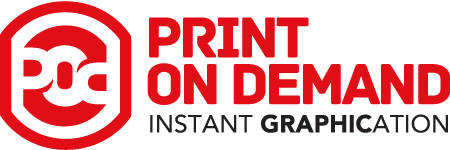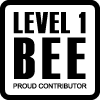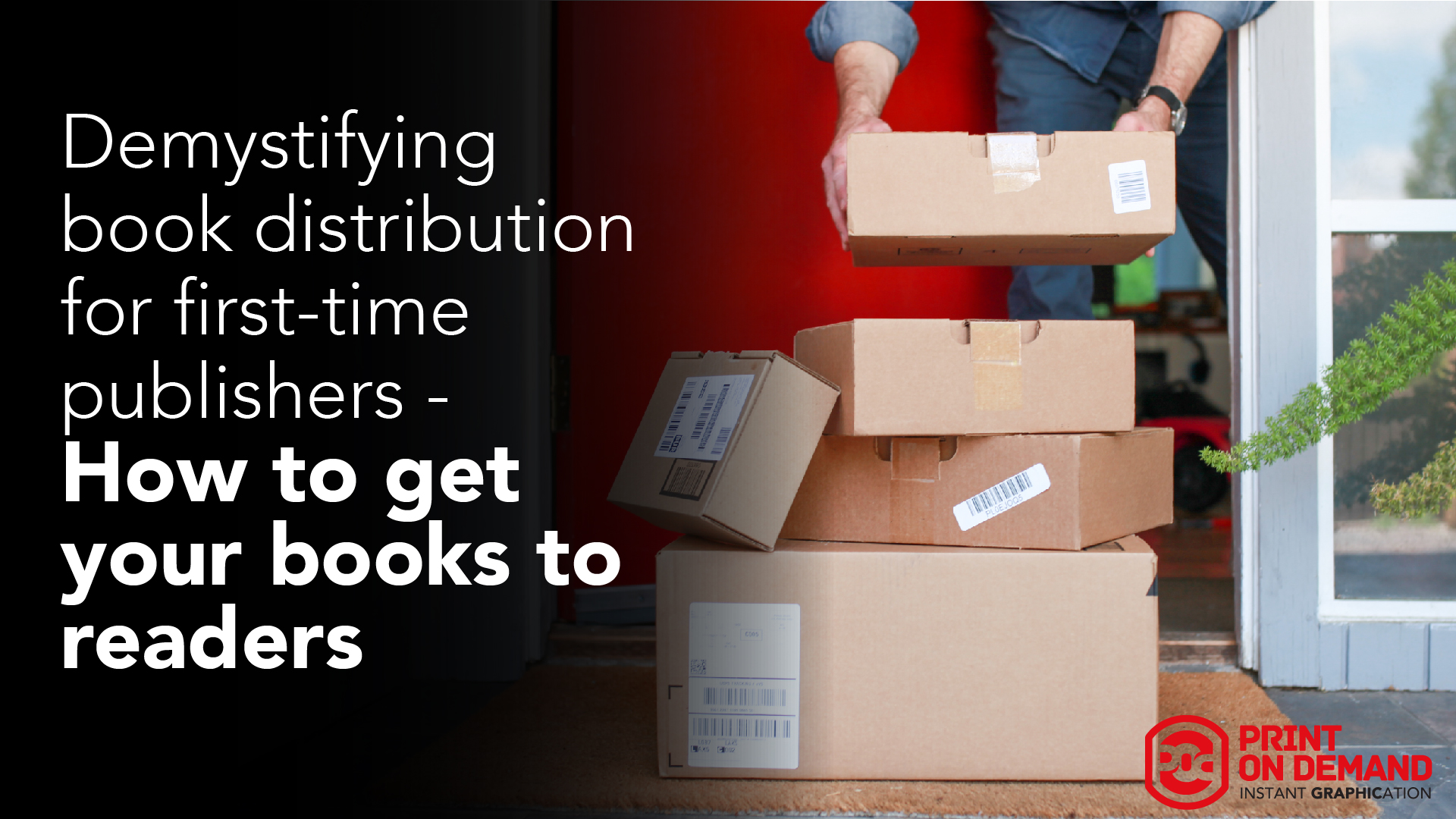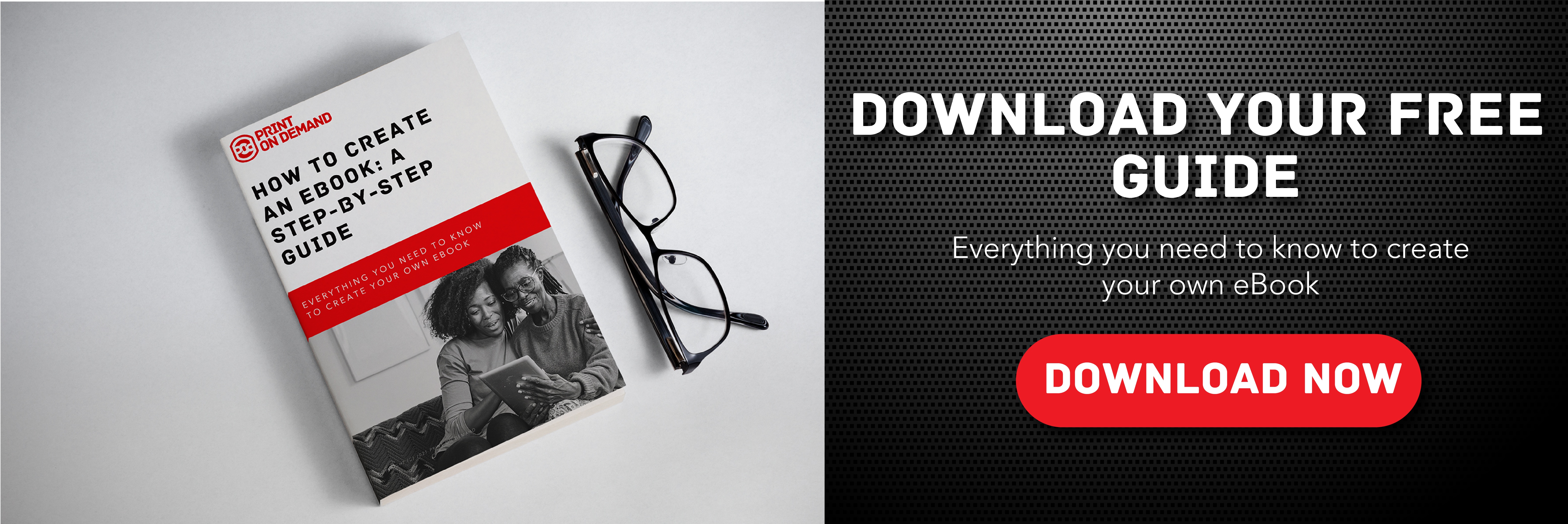Demystifying book distribution for first-time publishers - How to get your books to reader
If you’ve never written a book or published an article, the production of excellent quality published manuscripts can seem like rocket science. How does a rough draft get transformed into a masterpiece that people want to buy and read or put on their bookshelves? The publishing process is surprisingly complex.
Understanding the stages of the publishing process can help you know what to expect and ease your way through the process. The publishing process comprises:
Acquisitions
Here, authors send either a draft of their manuscript or a proposal to multiple publishers. If a publisher is interested in your work, he or she will call a meeting with their acquisitions team to discuss its pros and cons. If they like it, they will offer you a contract. However, keep in mind that most major publishing houses won’t read an unsolicited manuscript. For this reason, many aspiring authors seek out publication support services or agents to help them sell their work to potential publishers.

Editing
This reviews your book for factual accuracy as well as flow, transitions, wording, and so on. Any thorough content editor will revise your work to make sure the style is consistent and the content is impeccable. It is important to recognize that your editors may make some suggestions that you find difficult to understand or accept based on their knowledge of the current publishing market. While you have some control over what to accept, in reality, your editor has a lot of power as soon as you sign your contract.
3 Essential Editing Tips: Beta Readers (Part 3) https://t.co/yu9nVxtBy1 #book pic.twitter.com/ddO2y07IQG
— Beth Barany (@BethBarany) July 21, 2021
Design, typesetting, proofreading, printing
Now the publisher or their in-house publication support services will work with you to make sure that your book will look great when it is printed. You will choose a cover design, a font, and someone will typeset the book for you so that it looks great. A test print will be made and then proofread to make sure there are no hidden mistakes that were not caught by the editing process. Once you have worked with the publisher to get a perfect draft of your book in print, it is time to move on to the final steps of the publishing process.
Sales, marketing, publicity
Even the best-written books need marketing and publicity to make sure they end up in front of the readers who will be interested in them. Major publishers and publication support services engage in marketing and publicity of promising new books to ensure that sales are high.
Simplify distribution of your book
As you can see, publishing is actually a complex and multi-stage process and can take as long as a year to complete. However, this time can be shortened if you decide to self-publish and use a company like Print on Demand to help you distribute your book.
So, let's assume you have self-published a book and had it printed – as a hard copy and online as an e-book. Now it's time to distribute it and get it into the hands of readers.
Print on Demand provides authors, publishers and self-publishers local and international distribution through its e-commerce network of leading online marketplaces.
This is an end-to-end print on demand service that Print on Demand provides to its clients, ensuring that customers are able to market and sell their books before they print.
Best of all, there are no upfront print costs, no storage costs and no warehousing costs. Authors also have instant market access to every major market around the world and can control their retail price. Authors can also monetize all their titles, including long tail and backlists.
And it's efficient too – with the delivery of books to a customer's door within three to five days anywhere in the world! Author royalties are also easy to manage and additional revenue can be generated through eBook and audiobook conversion of the titles.
An eBook version of your book is definitely worthwhile
The indie eBook market is thriving, especially for genres like romance, sci-fi, and fantasy. Almost half a billion sales show that readers still love eBooks. If you have the capacity to create an eBook version of your book, it’s definitely a worthwhile option.
If you want to sell a paperback, the big question is: how will you print your book? Your options are print-on-demand (POD) and offset printing.
With POD, your books are printed as they are ordered. With offset printing, you print large batches of books, warehouse them, and fulfil orders as you receive them.
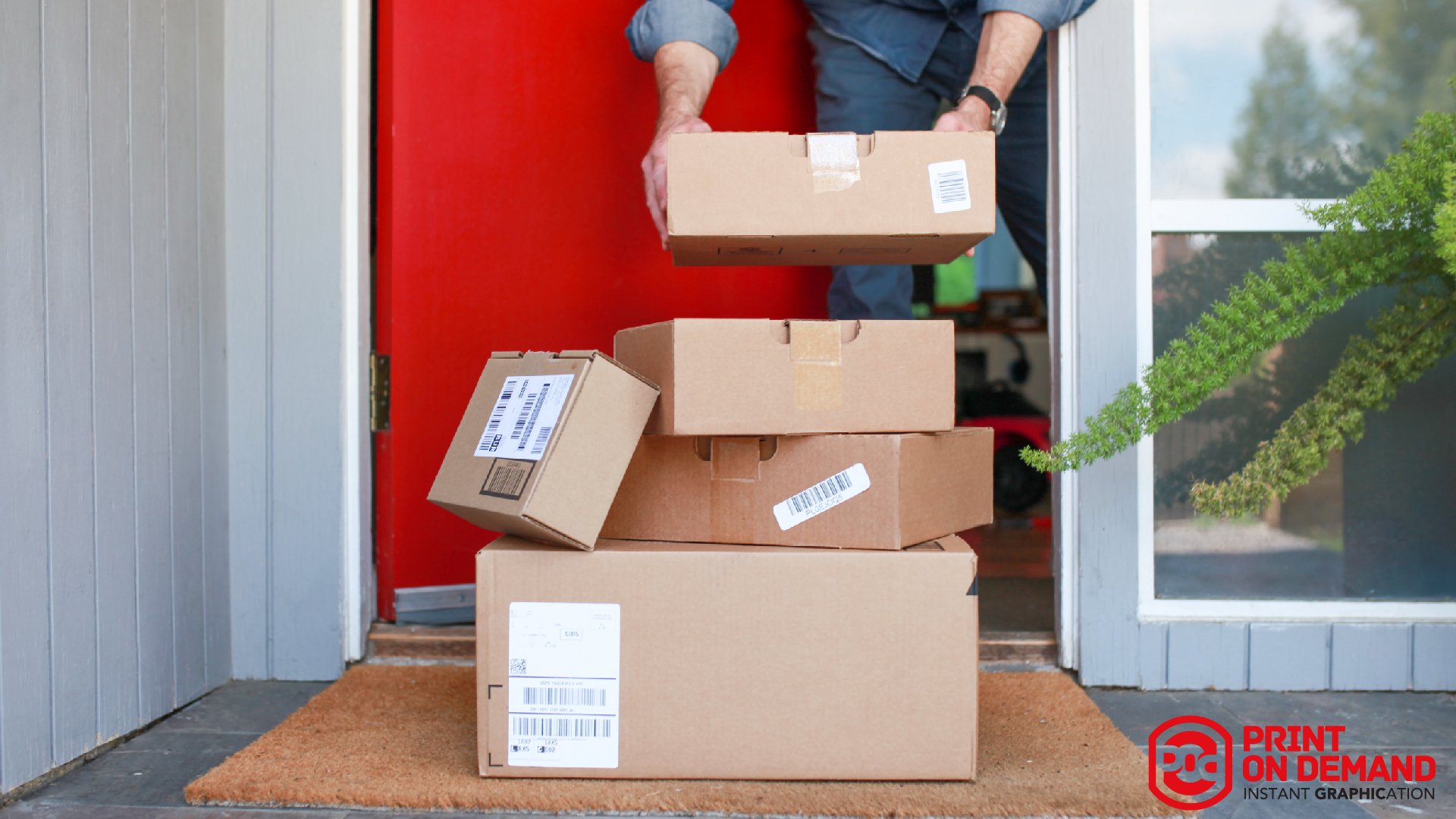
With offset printing, the more books you order, the cheaper each copy becomes.
If you know you’re going to sell thousands of copies of your book—maybe you’re an in-demand speaker or have a huge mailing list—offset printing might be a good option for you.
For most authors, POD makes far more sense. There are no upfront costs (besides setup fees), you don’t have to manage orders, and you’re not caught with a garage full of books if you want to change the book after printing 5 000 copies.
Should you do an audiobook?
Audiobooks are the fastest-growing sector of the publishing industry. They are a great way to sell more books and reach more readers. That’s why most authors now produce audiobooks to complement their eBook and print versions.
That said, creating an audiobook is totally different from creating other versions of your book. You’ll need to use a company like Print on Demand to help you produce the audiobook and decide if you want to use a narrator or narrate the book yourself. It’s a lot of work, but if you want to reach the most readers, you should do an audiobook.
Today, authors can take more control of their publishing process than ever before. That means more freedom, but also more complications. Rather than blindly following the norm, be intentional about how you want to print and distribute your books to most effectively reach your audience.
